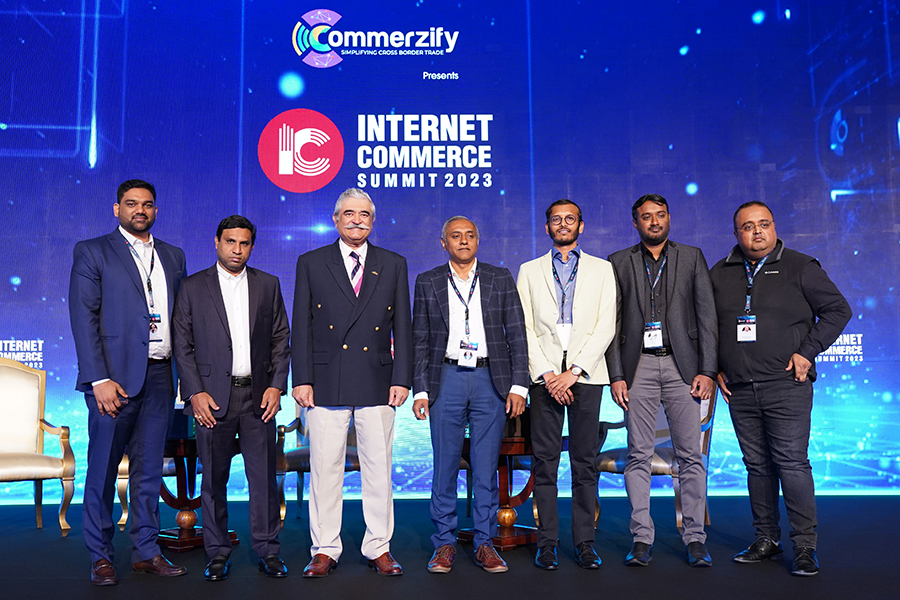
In his opening comments Piyush Chowhan, Chief Information Officer, Panda Retail Company – Savola Group said, “Today digital is at the centre of every organisation’s strategy.”
So, what are the big digital trends?
Great UX/UI, convergence of products, services, experience and social platforms and personalisation of shopping journey are crucial for a delightful digital experience. Operating in countries such as the UAE and KSA where the cost of customer acquisition is quite high last mile fulfilment is equally important to ensure repeat purchases. In addition, the power of mobile and social commerce must not be ignored which not only builds the average transaction value but can boost repeat purchases, shared Kartik Bhatt, Chief Operating Officer – GCC & Far East Asia for Sharaf Retail. The organisation’s digital share of business currently stands at 26-27% up from 4-5% in 2018-19, which is expected go up to 30%. “Online and offline will have to coexist,” Bhatt observed.
Brick-and-mortar isn’t dead and won’t be so, emphasised Tapan Vaidya, CEO, PJP Investments Group that operates Papa Johns Pizza in the UAE, KSA and Jordan. “If you think about it even when you order digitally, the food is delivered from a brick-and-mortar space. For our industry [F&B] the bigger question is whether customer facing restaurants have a future or not, and the answer is yes. For instance, dine-in business has bounced back in the region and beyond. In our case it bounced back from zero during the pandemic to 30% now and we expect it to reach 40-45% by 2025.”
“That doesn’t mean we don’t leverage digital tools and technology,” he continued. “We’ve had an online ordering system since 2011. We use an AI-based software to understand the quality of pizzas we make. There are cameras at the cut table in the kitchen where pizzas are sliced and boxed. The camera clicks multiple images of every pie, and the AI software scores every pizza based on time taken to cut and box. The AI software checks if a large pepperoni pizza is of 13-inches diameter, has 36 slices of pepperoni distributed evenly, how many centimetres of crust has been left and based on the highest average score per pizza per day the restaurants get rated while customers are the ultimate winners.”
Indeed, phygital is the way forward, Chowhan added and asked how can the digital ecosystem be further enabled?
Discoverability, assortment and pricing of products are crucial, responded Sudhakar Adapa, Founder and CEO, COMMERZIFY. “Of essence is to bring small businesses online therein improving their access to market and enabling growth.”
In 2017-18 around 84% of B2C packages delivered to MENA consumers came from beyond the region, which declined to 41% in 2022, Mohit Gadam, COO, Assiduus Global shared. “That’s how crucial it is to make brands available via cross-border trading while factoring in unit economics.” Quick commerce has taken the game a notch higher, he added.
While customer experience is key, staying with quick commerce the pattern of delivering in 15 minutes will die down in 2-3 years, Chowhan observed.
In the quest to delight consumers there might be a greater risk that the business may not survive due to the prohibitively high cost of fulfilment, Adapa cautioned.
On the bright side, every consumer pain point is being transformed into a business model and therein the emergence of super apps offering multiple services, opined Solomon Rajesh, Managing Director, Swan. “Social commerce is another phenomenon to reckon with.”
In summation Mohamed Imtiyaz, Regional Head of Business Development, Amazon Payment Services said, “Today organisations understand the need to have a robust digital payments strategy to offer customers multiple payments options. At the same time ease, security and comfort are key to enhance the payments experience.”